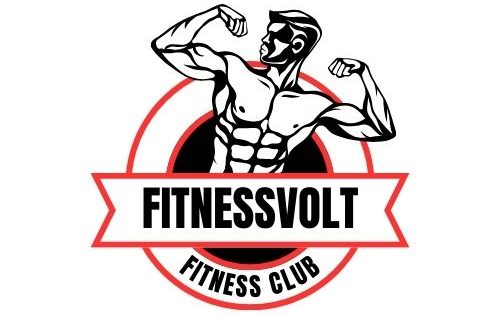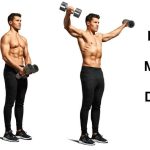One of the best exercises you can add to your workout regimen in order to build a great, chiseled core is the hanging leg raise. This is a great move that hits up multiple muscle groups, especially your core, and works towards making you more well rounded as an athlete. Hanging leg raises are one of those moves everyone needs to master, whether you’re super fit or just beginning.
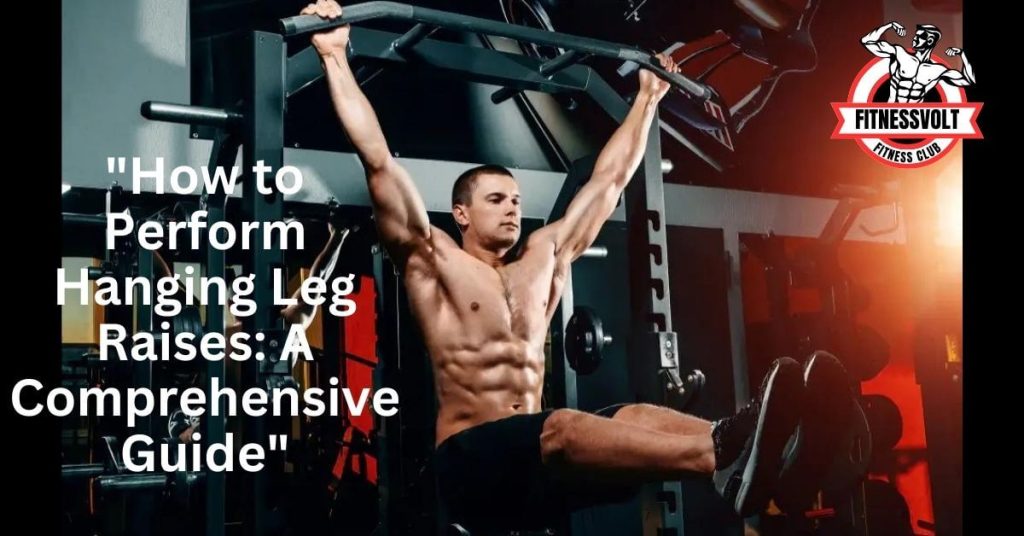
What is the Hanging Leg Raise?
The hanging leg raise is a core exercise that consists of raising your legs while hanging from a pull-up bar or something similar. This advanced move works mostly the lower abdominals, but those who master this will get a bit of hip flexor, oblique, shoulder, and back action as well! You can work on your core strength and stability by keeping your legs up with control, without having to resort to swinging.
Benefits of the Hanging Leg Raise Exercise
Core Strengthening
Hanging leg raises is one of the best exercises for building core strength. Specifically, it zeroes in on the lower part of the rectus abdominis. i.e. that’s me telling you ladies how to get that six-pack! The structure of your core is something that you need whether you are bending over to lift something heavy, or sitting up straight in order to avoid slouching.
Improved Flexibility and Mobility
Hanging leg raises also work to increase the range of motion and flexibility in your hip flexors and lower back alongside building strength. When you lift your legs, this hip flexor stretch or opening may benefit in releasing tight muscles and increasing the range of motion.
Enhanced Stability and Balance
Hanging Leg RaiseThis exercise is tough and will require a pretty decent amount of control and balance. Tensing your core, and stabilizing through the movement will increase your overall stability and, therefore, balance, which is useful in both sporting and day-to-day activities.
Injury Prevention
When it comes to good posture, you must also consider a strong core that will protect your lower back and minimize the chances of injuries. The hanging leg raises target the core muscles which will protect and support your spine in various physical activities.
Aesthetic Benefits
If you are going for the six-pack look, your best friend here will be hanging leg raises. This workout precisely targets the lower abs and a strong core is always an important part of your conditioning. Continual repetitive training can make your ab muscles stand out.
Muscles Worked During the Hanging Leg Raise
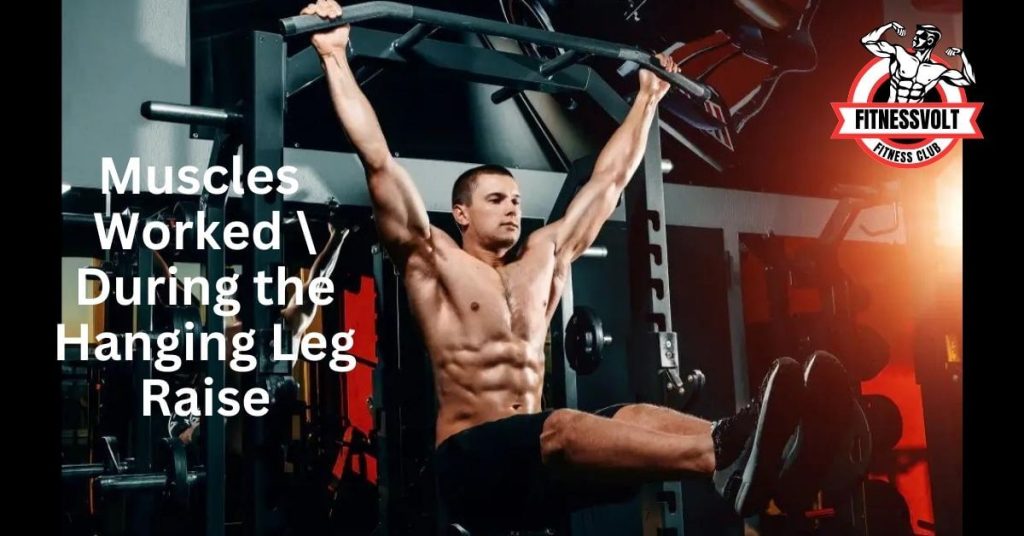
Primary Muscles: Rectus Abdominis
More importantly, The hang leg raise targets the rectus abdominis the “Six-Pack” muscle. This muscle is a long, vertical one that lies in front of the abdomen and helps to flex the lumbar spine.
Secondary Muscles: Hip Flexors, Obliques, Lower Back, and Shoulders
The hanging leg raise is directed towards the rectus abdominis and has a few secondary muscles recruited at moderate to high %. Hip flexors help bring the legs up, obliques help keep the torso erect, and lower back & shoulder provide your body stability during exercise.
How to Perform the Hanging Leg Raise?
To get the most out of hanging leg raises and to avoid injury, it’s important to use good technique. Here’s a step-by-step guide:
Grip the Bar: Grab a pull-up bar using an overhand grip (palms facing out), positioning your hands shoulder-width apart and hanging freely.
Engage Your Core: Engage your core, and keep your body stable. Don’t swing and do not use your momentum.
Lift Your Legs: Lift your legs slowly until they are flat on the floor. For a more challenging variation: try to raise them higher, getting your legs closer to the bar.
Lower with Control: Slowly return your legs to the starting position but don’t let your body swing.
Common Mistakes to Avoid
Swinging the Body: If you are swinging your legs to raise them up, not only is the exercise less effective, it can also lead to overuse injury.
Using Momentum Instead of Muscle Strength: Lift legs with control over momentum.
Failing to Engage the Core: It has a weak core control which will cause you to lose the exercise benefits.
Overarching the Back: This will keep your lower back flat and help you work with as little strain as possible.
Variations of the Hanging Leg Raise
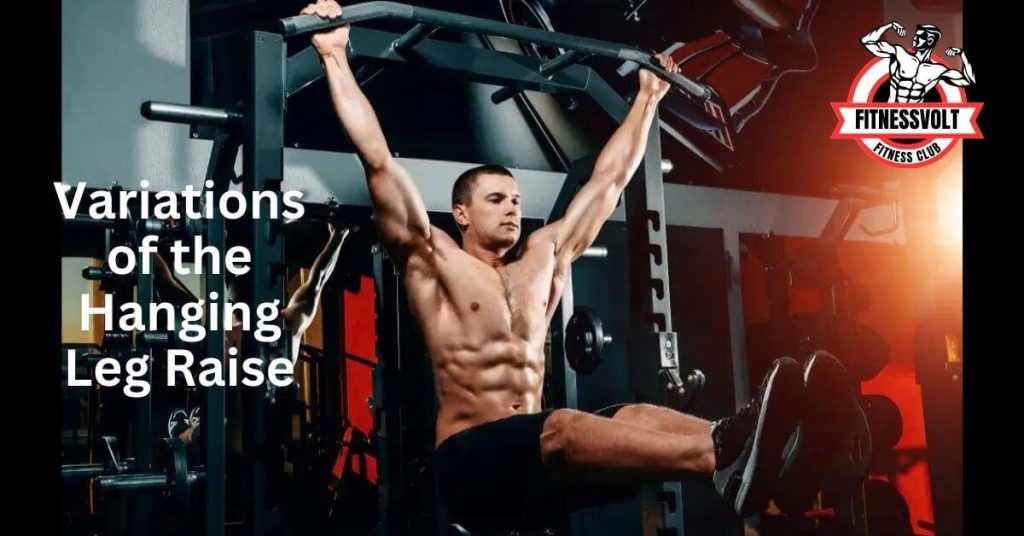
Hanging leg raises are the ultimate beginner exercise, but if you find them too easy or too difficult, as mentioned above, here are some variations of the standard hanging leg raise to try:
Bent-Knee Hanging Leg Raise
Beginner Friendly: Legs-Lift With Bent Knees This lowers the leverage and makes the exercise more manageable.
Hanging Knee Tuck
Like the bent-knee version, you curl your knees into your chest. This version places greater emphasis on the lower abs.
Hanging Leg Raise with a Twist
HANGING LEG RAISE + TWIST: Incorporate a twist to your hanging leg raise to target the obliques. You lift your legs alternate with a twist to one side or the other.
Hanging Windshield Wipers
In this intermediate variation, you raise your legs and then swing them to the sides in windshield wiper motion. This is great for the obliques and overall core stability.
Incorporating the Hanging Leg Raise into Your Workout Routine
You can include the hanging leg raise in your workouts whether you are bulking or cutting. Here’s how to capitalize on it:
Add It to Your Core Workout: Add hanging leg raises to your core workout, and be sure to vary it up with exercises such as planks and Russian twists.
Use It in a Full-Body Routine: Hanging leg raises can be included in a full-body workout too as it involves more than 1 muscle group.
Frequency and Repetitions: Begin with 2–3 sets of 8–10 reps. If one gets comfortable with that regimented routine, then gradually you can add in the reps or even sets.
Common Mistakes and How to Avoid Them
Avoid these mistakes, and you can get a lot of bang for your buck out of the hanging leg raise without getting injured:
Swinging the Body: The key here is to use controlled movements rather than swinging.
Using Momentum Instead of Muscle Strength: Concentrate on curling your legs upwards by engaging your core, and NOT swinging them up.
Failing to Engage the Core: Contract your core muscles as you perform the movement.
Overarching the Back: Prevent excessive lumbar arching by maintaining a relative flatness in the lower back to the degree necessary that does not put strain on your spine.
Progressions and Regressions
Here are some progressions you can use to make the hanging leg raise more difficult:
Weighted Hanging Leg Raise: You can hold a dumbbell between your feet or wear ankle weights to create resistance.
One-Leg Hanging Leg Raise: Increase the challenge by performing the exercise from one leg only.
Conclusion
So that in conclusion makes the Hanging Leg Raise a great exercise to target the core, especially targeting the lower part of your ABS & Hip Flexors. By doing this exercise as part of a balanced fitness program people can strengthen core stability, promote better posture, and develop overall functional strength. The goal is to perform the exercise correctly so that you reap the full benefits of the move, avoid injury, and obtain real results. No matter whether you are a starter or an advanced practitioner, the hanging leg raise can be modified to achieve different fitness levels and purposes, making it become everybody’s workout.
